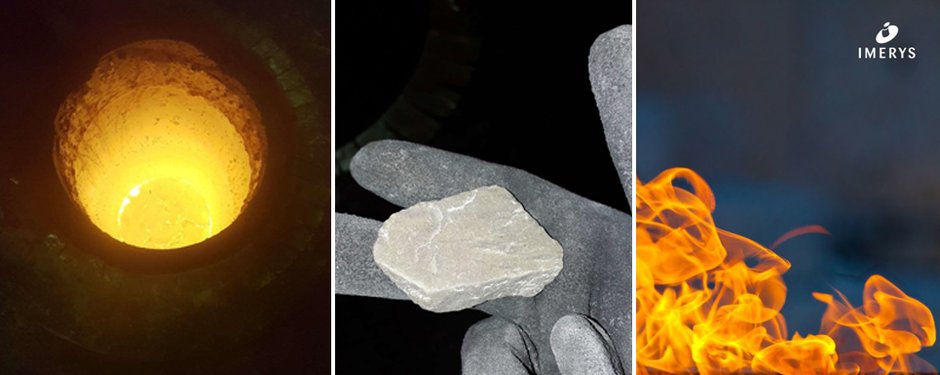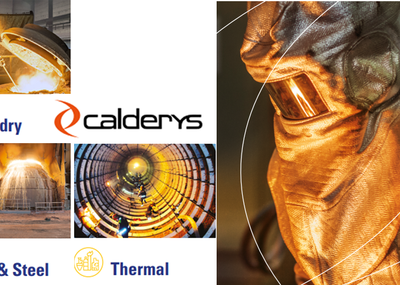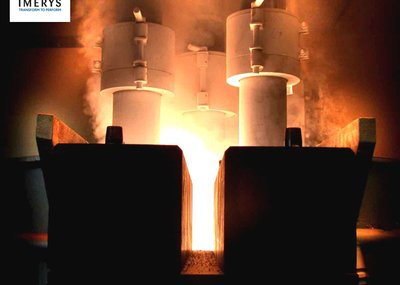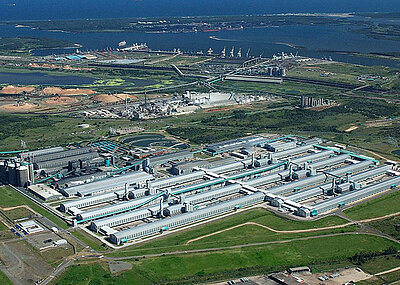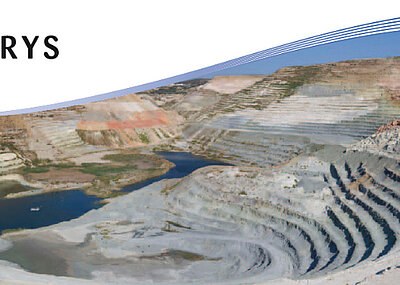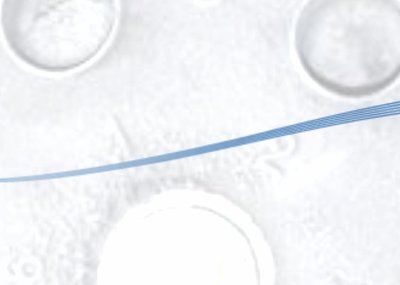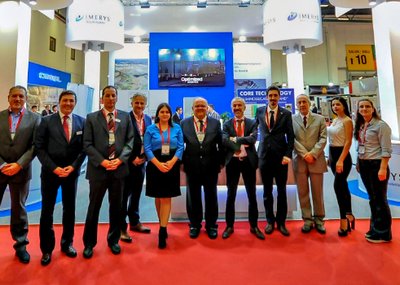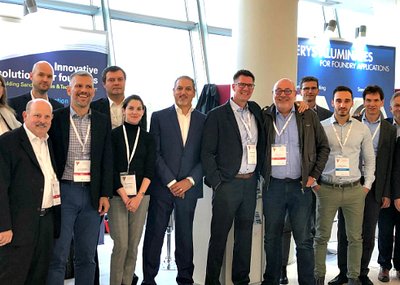Foundries are becoming increasingly concerned about the health and environmental impact of their activities. Boron-based products have traditionally been used for refractory lining but German foundry Kemptener Eisengießerei Adam Hönig AG wished to find an alternative.
The foundry had been using standard boron-based product, which required replacing after 260-280 heats – or about every three months. Kemptener Eisengießerei Adam Hönig AG decided to trial Calderys’ boron-free solution (Silica Mix E15 BF) on its three-ton ABP medium-frequency CIF, which the foundry uses for melting grey and ductile cast iron in a one-shift operating pattern.
First success with a boron-free CIF refractory lining
To accurately compare the performance of the boron-free product with the existing lining, half of the CIF was lined with the new boron-free lining, and the other with the standard formulation, with 325kg used of each.
Inductive sintering, using an initial 1.3 tons of scrap steel, took 13 hours to reach 1100°C, followed by liquid sintering with 3.3 tons of scrap for 60 minutes at 1530°C.
The CIF operates between 6am and about 4pm, cooling overnight, before automatic inductive start-up for two to three hours in the early morning. After nearly four months of trial operation (including a Christmas shutdown) and 266 heats, the lining was wrecked to assess performance.
This lifetime matched the performance of the standard product, with no problems observed during operations.
During knock-out (wrecking), the remaining wall thickness was monitored, and the lining cross-section evaluated for sintering behavior and the size of the powdery zone analyzed, including for lining strength. Although the remaining wall thickness of the standard product was greater (8-9cm) than the new boron-free formation (6-7cm), it was found to have been, at least in some areas, completely semi-sintered and was harder to remove.
In contrast, the new lining maintained a good powdery layer behind the hot face.
In addition, no ingress of metal (iron tongues) was observed with the boron-free lining, while somel iron tongues were noticed in the upper furnace half lined with the standard boron-based formulation.
Further innovation with stronger refractory lining
Having proved the performance of the boron-free refractory lining could at least match that of the traditional lining, Calderys scientists began work to further improve the formulation, bringing the performance of the lining to even better results by using really large quartzite grains inside the SILICA MIX.
For the furnace bottom this new formulation has been further adapted to create a refractory lining that is about three times stronger than the standard wall lining. This allows a reliable safe push-out of the used lining during replacement.
Calderys returned to Kemptener Eisengießerei Adam Hönig AG to prove the performance of its latest innovations on a six-ton ABP CIF.
Four months and 253 heats later, the new lining had matched the lifetime performance of the previous boron-based lining. The results of the first trial (in 2016) were mirrored in 2019 with a clear powdery zone around the wall and bottom, and no iron tongues found in the lining.
Significantly, the new product for bottom lining proved strong enough to withstand mechanical push out – a key factor as the alternative manual removal of the lining is more time consuming and hazardous to foundry workers.
As a result of the trials, Kemptener Eisengießerei Adam Hönig AG has now switched all its furnaces to the boron free SILICA MIX E15 BF products using the new large quartzite grains, which have improved the liner performance by up to 10%.
This is not only better for the health and safety of workers, it also offers other benefits including longer time between refractory replacement and improved availability of the furnace

